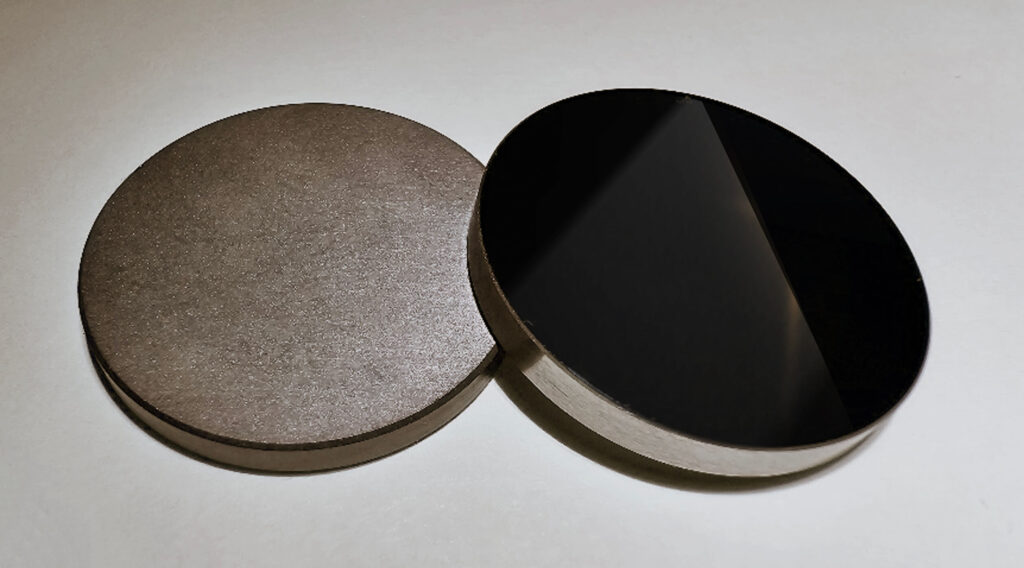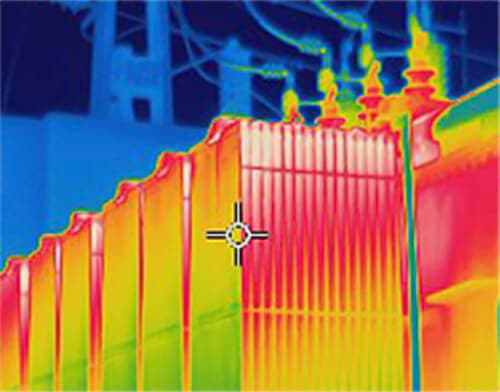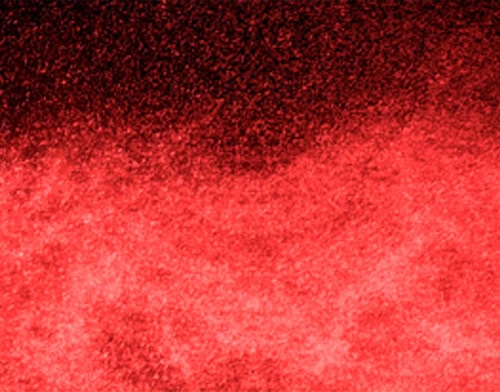The demand for infrared (IR) transmissive materials continues to grow due to increased use in defense, aerospace, automotive, and healthcare applications. These materials are crucial for a range of applications, including infrared optics, thermal imaging, semiconductor technology, and advanced sensing systems. Chalcogenide materials are emerging as a popular alternative to common infrared transmissive materials.

What Are Chalcogenide Materials?
Chalcogenide materials are a class of amorphous semiconductors composed primarily of chalcogen elements such as sulfur (S), selenium (Se), and tellurium (Te), often combined with elements like germanium (Ge) or arsenic (As). These materials are characterized by their ability to transmit infrared light, making them particularly useful in applications where infrared transmission is critical. Unlike crystalline materials, chalcogenides are amorphous, allowing them to be molded or cast into complex shapes, making them highly versatile.
Sydor Optics Manufacturing Capability for Chalcogenide Flat Optics Production
Although there are various formulations of glass within the chalcogenide group, these materials are generally very brittle and soft, so care needs to be taken when processing these optics to maintain edge and surface quality. Sydor Optics has been processing chalcogenide materials for nearly 10 years with processes in place for both double-side and single-side grinding and polishing for chalcogenide. Our processes have been optimized to yield our customers’ demanding specifications, whether they require excellent transmitted wavefront, precision flatness, or low wedge.
If you have a need for chalcogenide glass, please reach out to one of our Account Managers to learn how Sydor Optics can help with your application.
Advantages of Chalcogenide Materials
- Broad Infrared Transmission Range: Chalcogenide materials exhibit excellent transmission in the mid-wave infrared (MWIR) and long-wave infrared (LWIR) regions, typically from 1 to 12 micrometers. This broad transmission range is ideal for applications like thermal imaging, spectroscopy, and remote sensing, where precise detection of infrared radiation is crucial.
- Low Refractive Index and High Abbe Number: Chalcogenides possess a lower refractive index compared to traditional IR materials like germanium or silicon, reducing the need for anti-reflective coatings. Their high Abbe number also indicates low chromatic dispersion, making them suitable for multispectral imaging systems where maintaining focus across a broad wavelength range is necessary.
- Thermal Stability and Durability: Chalcogenide glasses demonstrate remarkable thermal stability, withstanding temperatures up to 300°C without significant degradation. This makes them suitable for harsh environments, such as aerospace and defense applications, where materials are exposed to extreme temperature variations. Additionally, they are resistant to chemical corrosion and abrasion, enhancing their longevity in demanding settings.
- Tailorable Optical Properties: The optical properties of chalcogenide materials can be customized by altering their composition, allowing for precise control over factors like refractive index, dispersion, and transmission characteristics. This versatility enables the development of specialized optical components tailored to specific applications, from simple lenses to complex diffractive optics.
- Compatibility with Advanced Fabrication Techniques: Chalcogenide materials are compatible with various advanced fabrication methods, including precision molding, diamond turning, and thin-film deposition. This compatibility allows for the efficient production of high-quality optical components with intricate geometries, essential for cutting-edge technologies in sectors like autonomous vehicles and medical diagnostics.
Applications of Chalcogenide Materials

Infrared Optics
Chalcogenides are increasingly used in infrared lenses, windows, and optical fibers for thermal imaging cameras, night vision systems, and environmental monitoring. Their superior IR transmission and durability make them an attractive option for both military and civilian applications.

Thermal Imaging
In thermal imaging, chalcogenide materials are utilized in sensors and detectors that require high sensitivity and accuracy across a wide temperature range. Their ability to operate efficiently in the LWIR region makes them crucial for applications such as firefighting, surveillance, and industrial process monitoring.

Semiconductor Technology
Chalcogenides are also employed in phase-change memory devices, where their unique electrical properties enable fast and efficient data storage. Their use in next-generation non-volatile memory technologies highlights their potential beyond traditional optics and imaging applications.

Advanced Sensing Systems
Chalcogenide materials are pivotal in developing advanced sensing systems for environmental monitoring, gas detection, and chemical analysis. Their sensitivity to infrared radiation allows for precise measurement and analysis of various substances, making them invaluable in healthcare and industrial settings
Conclusion
Chalcogenide materials are proving to be a valuable alternative to traditional infrared transmissive materials, offering a unique combination of optical, thermal, and mechanical properties. As demand for infrared technology continues to grow across various industries, chalcogenides are poised to play a significant role in the future of infrared optics and advanced sensing systems.






